20 Free Religious Sites transparent PNG images
Explore our curated collection of Religious Sites imagery, featuring 20 free AI-generated images that capture the spiritual and architectural magnificence of sacred spaces worldwide. Our diverse gallery includes stunning stock photos, detailed 3D objects, versatile vectors, and artistic illustrations of temples, churches, mosques, synagogues, and other religious landmarks. Each high-resolution image is available for free download, and with our innovative 'open in editor' feature, you can customize the prompts to regenerate variations that perfectly match your vision.

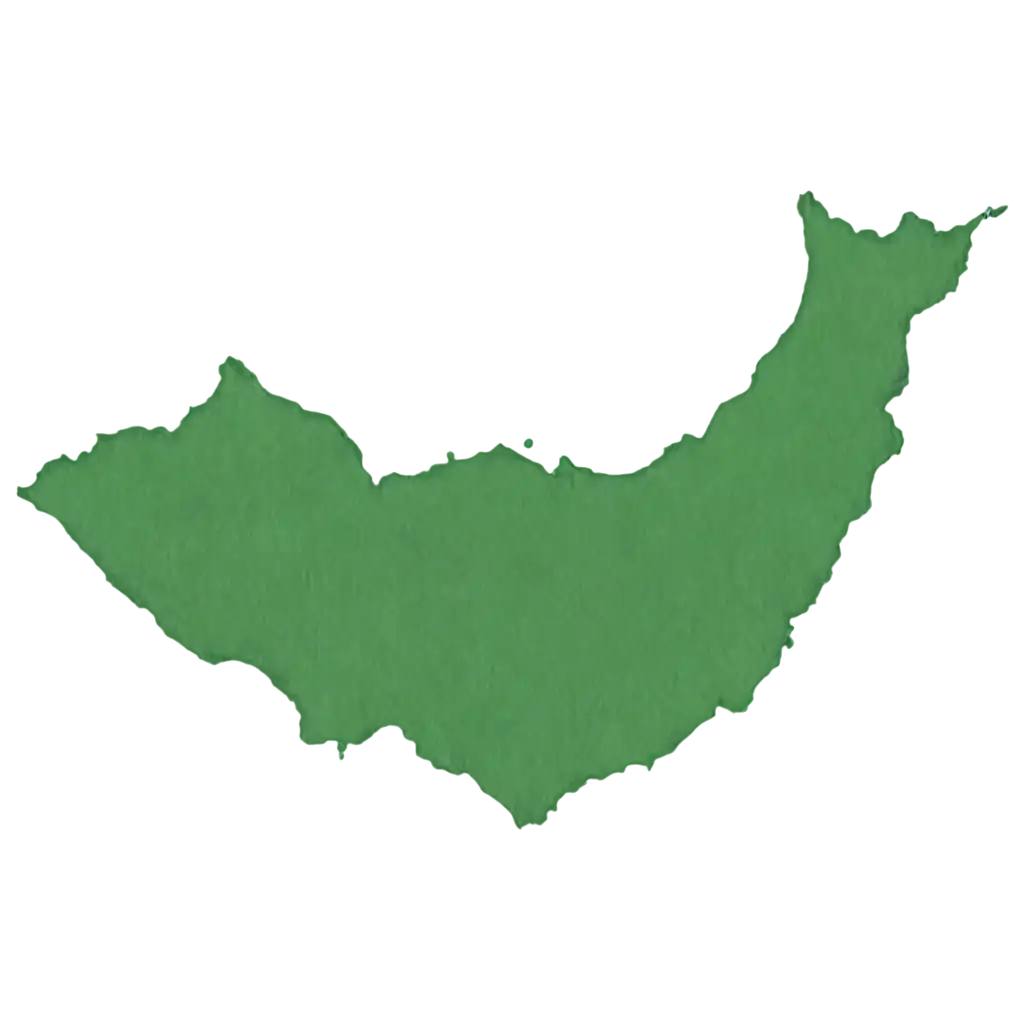
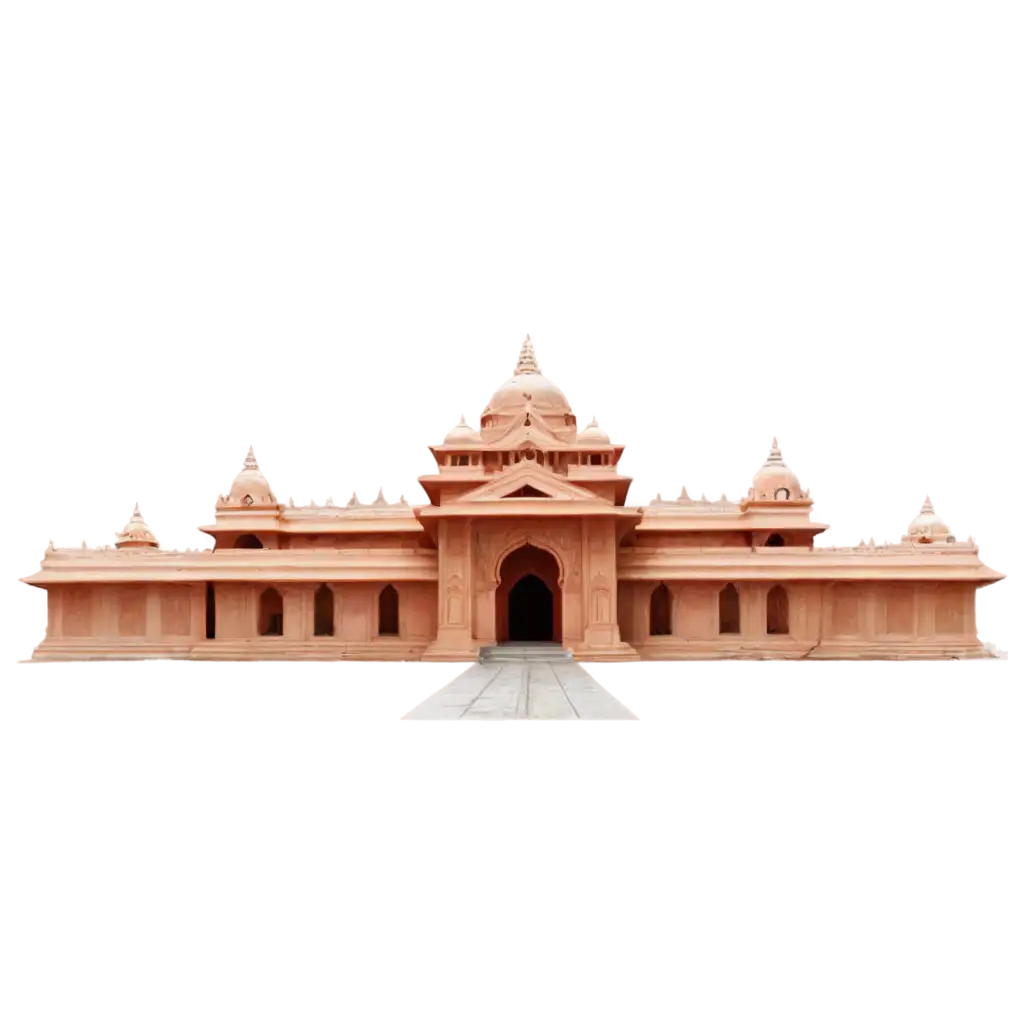
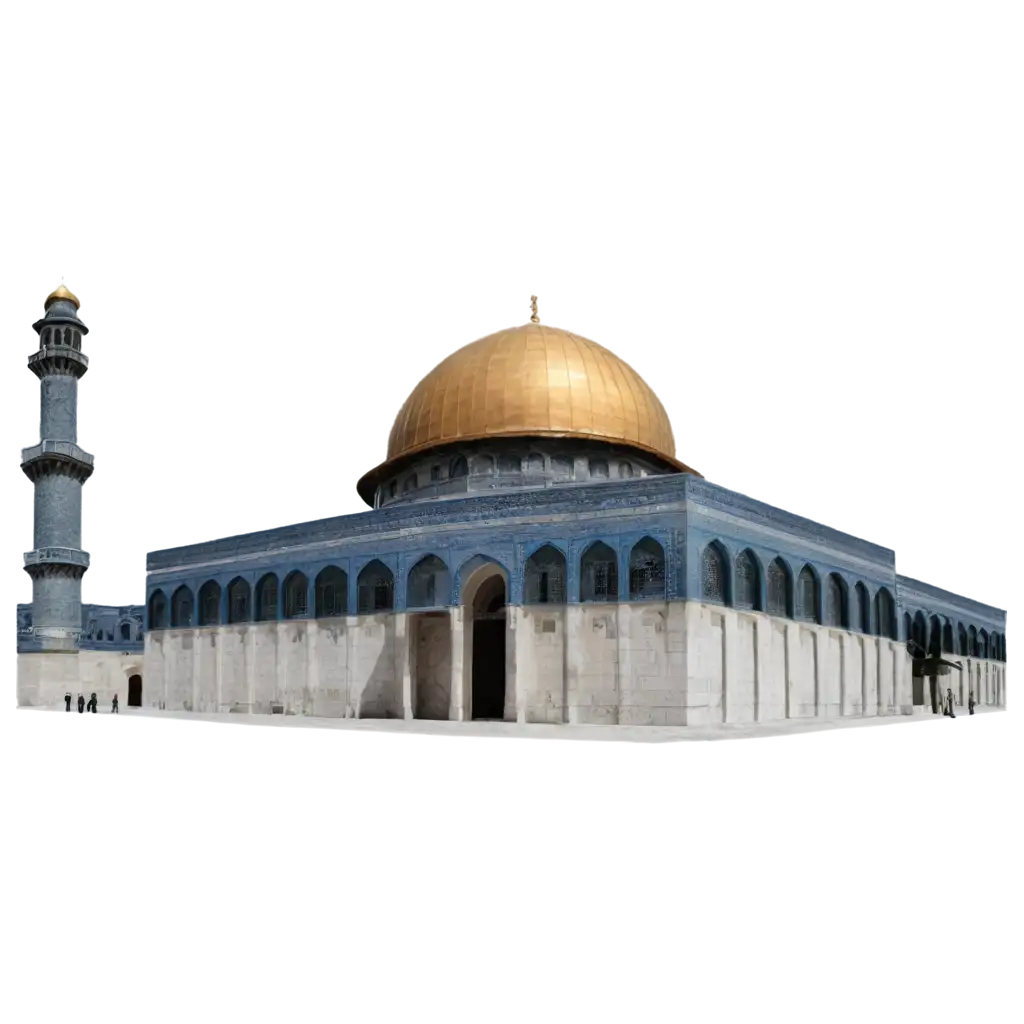
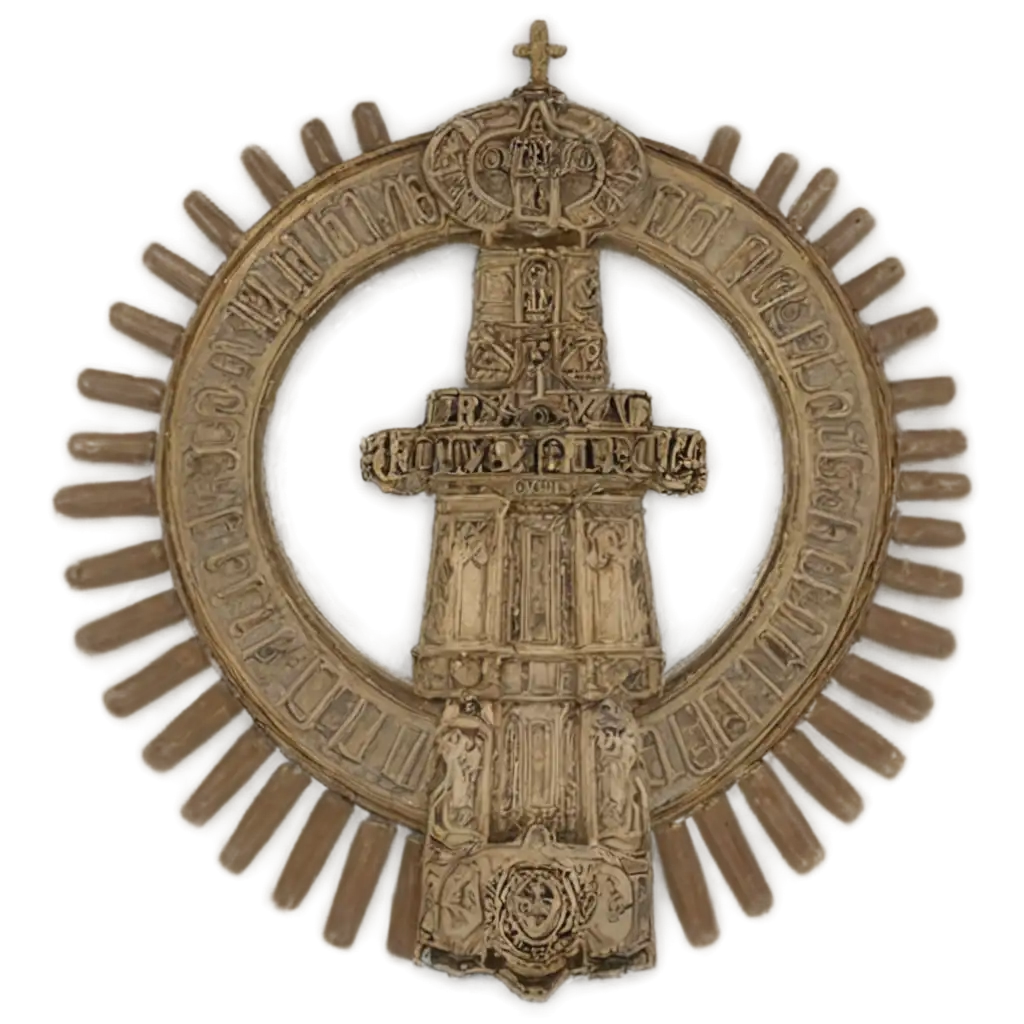
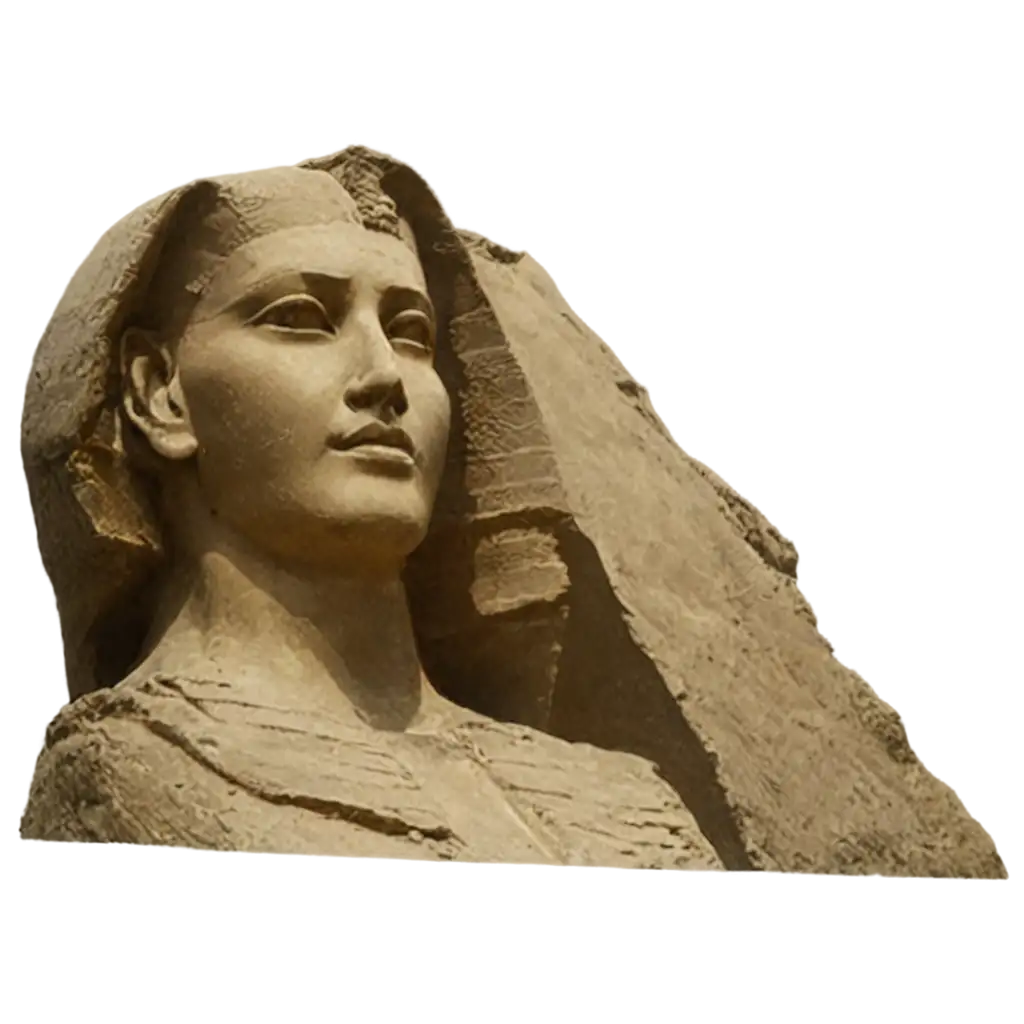

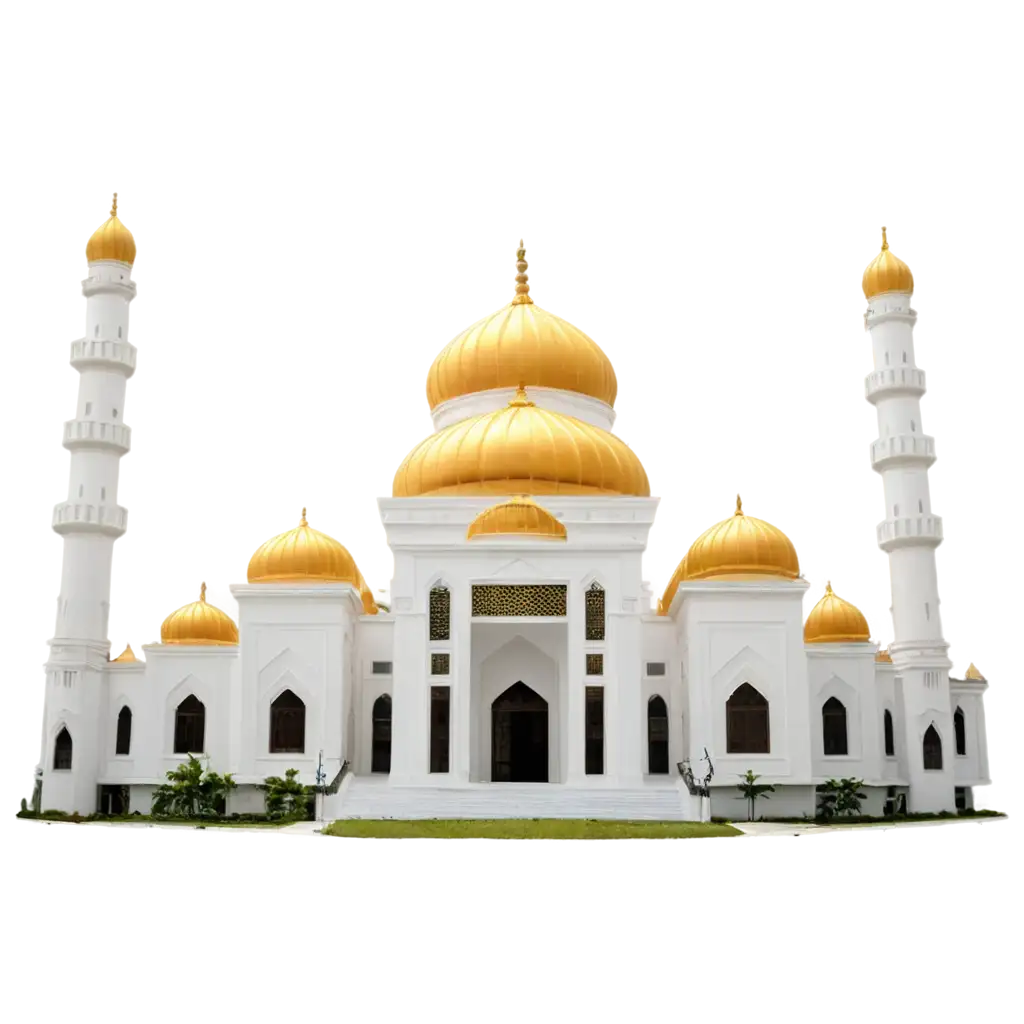
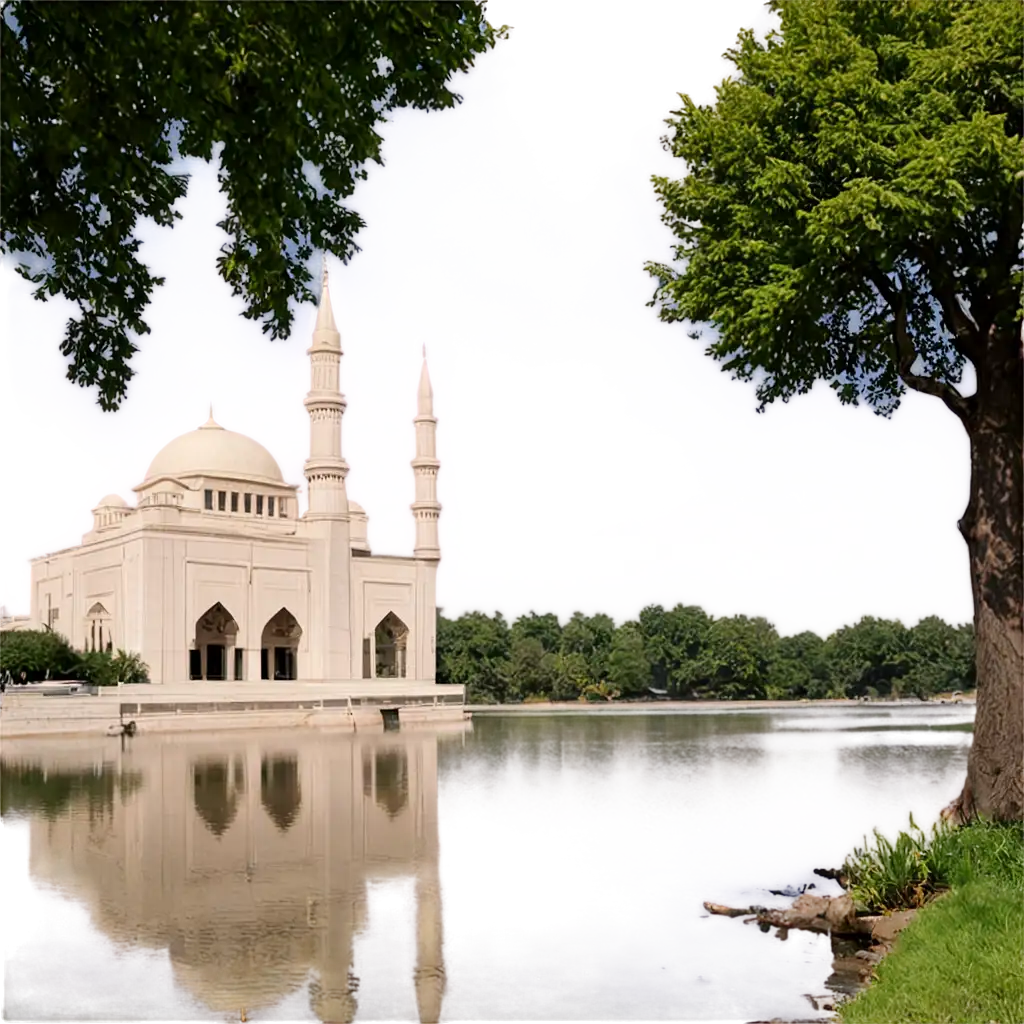
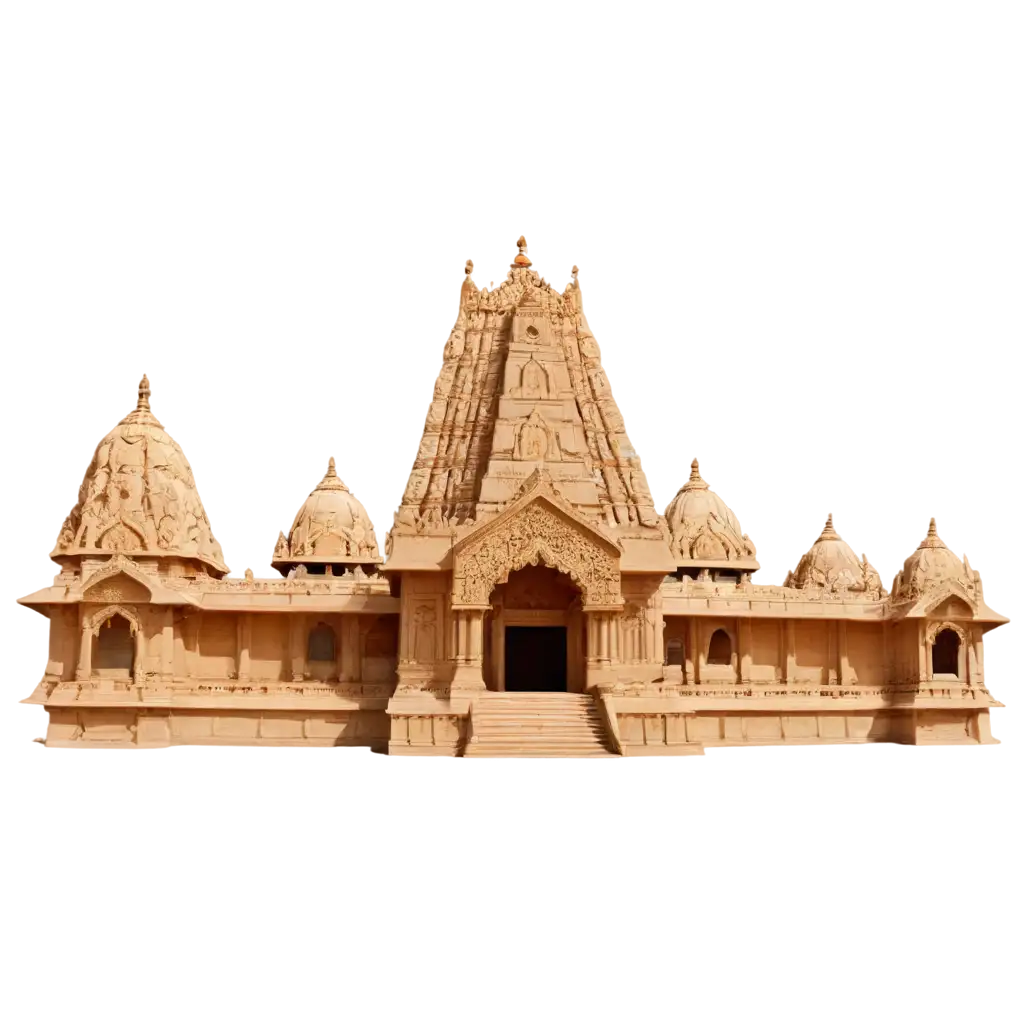
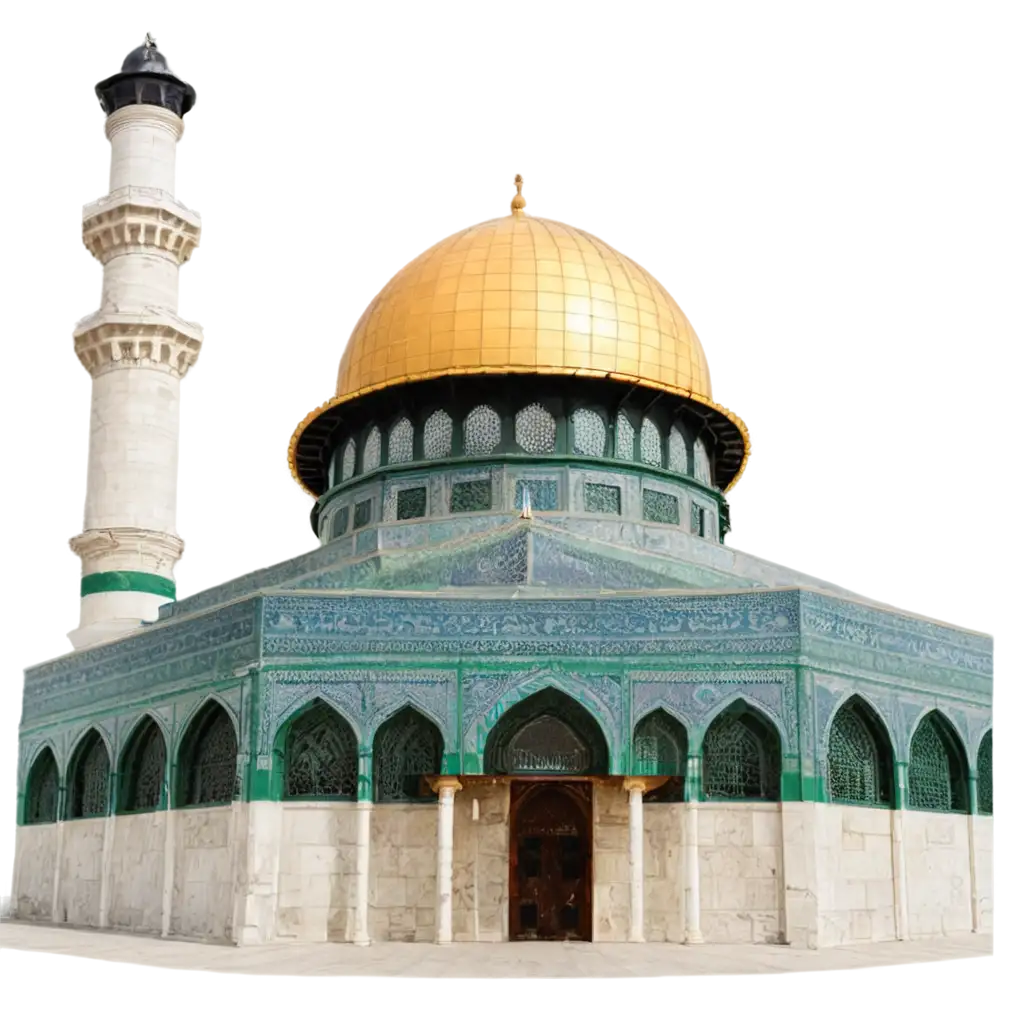
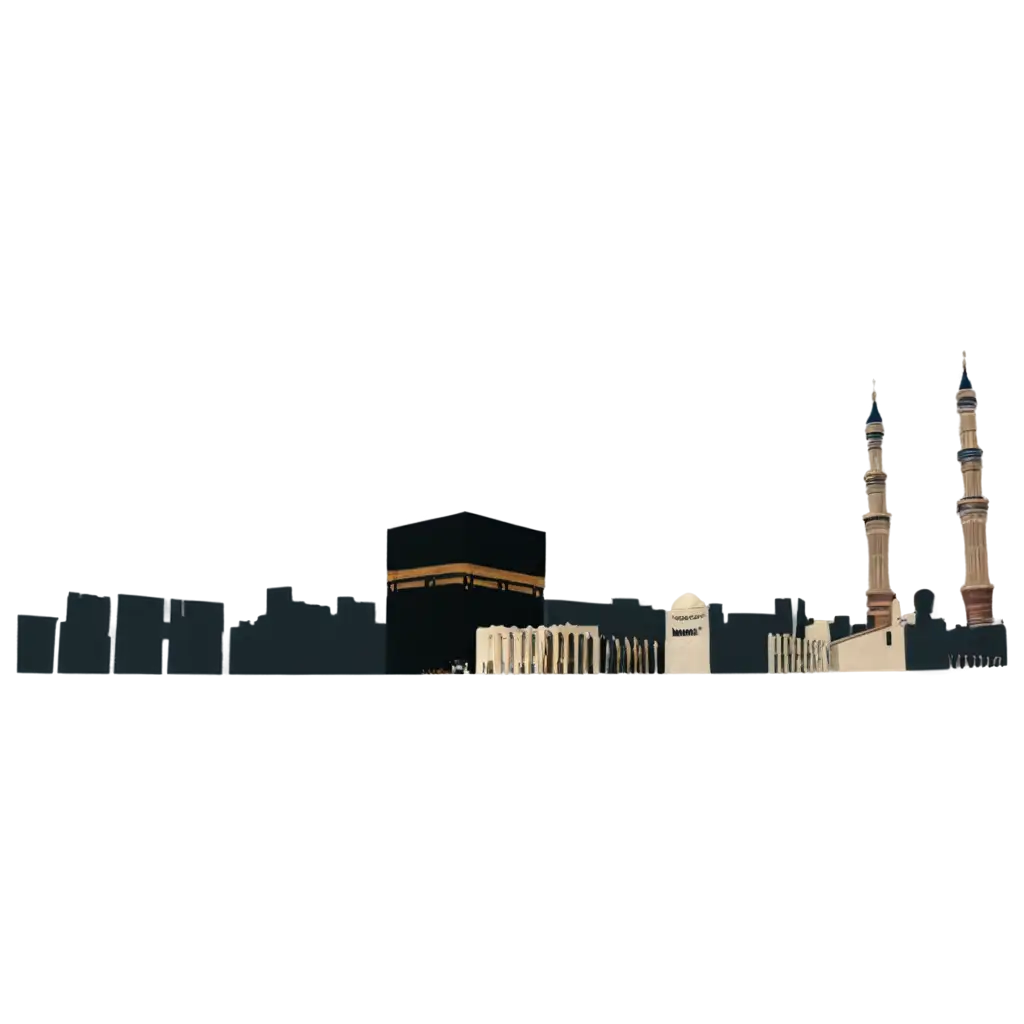
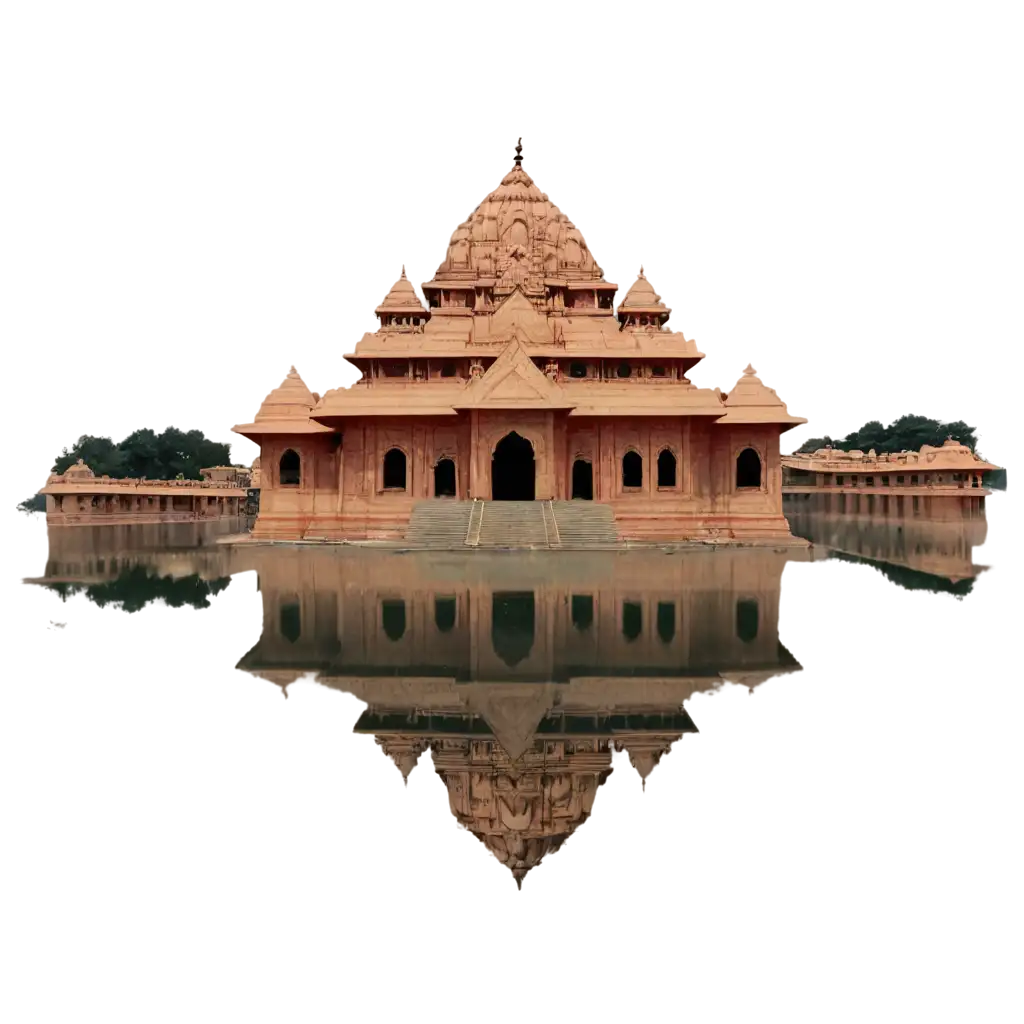
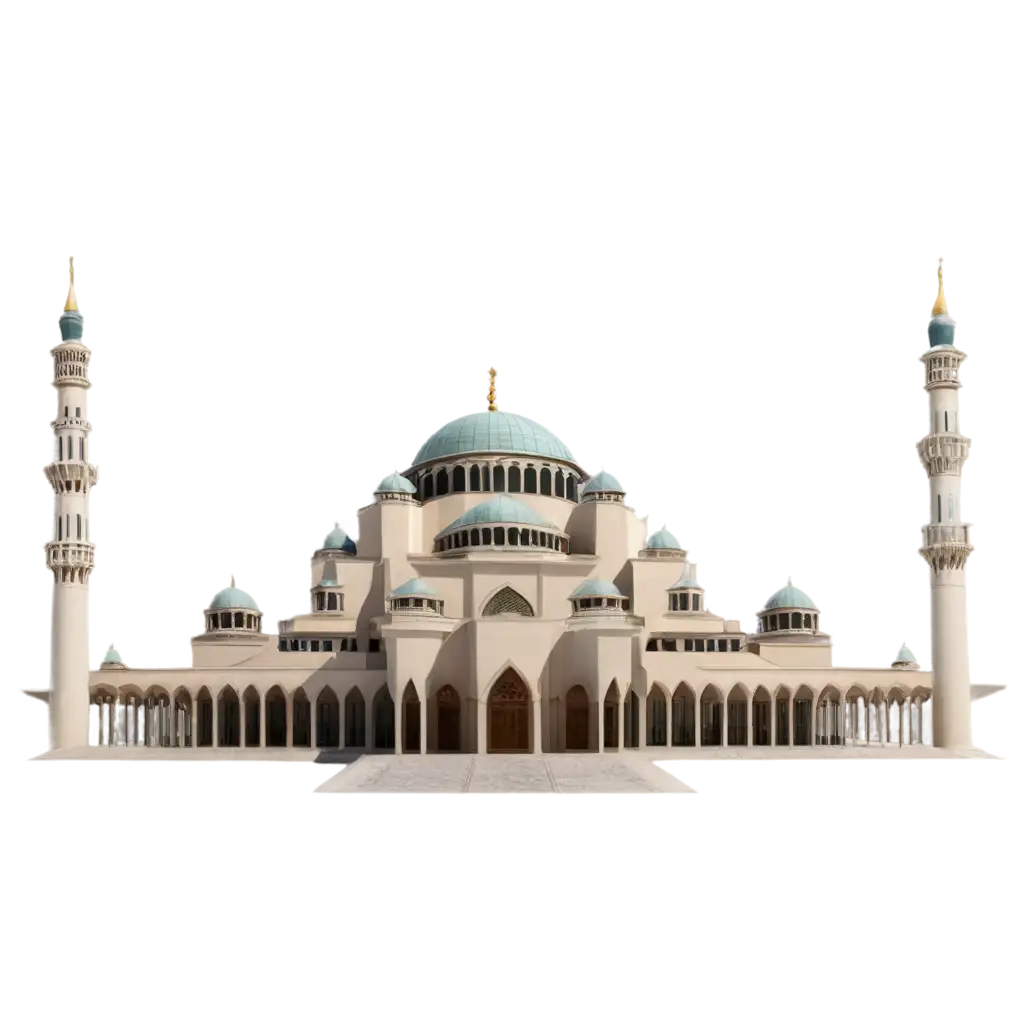
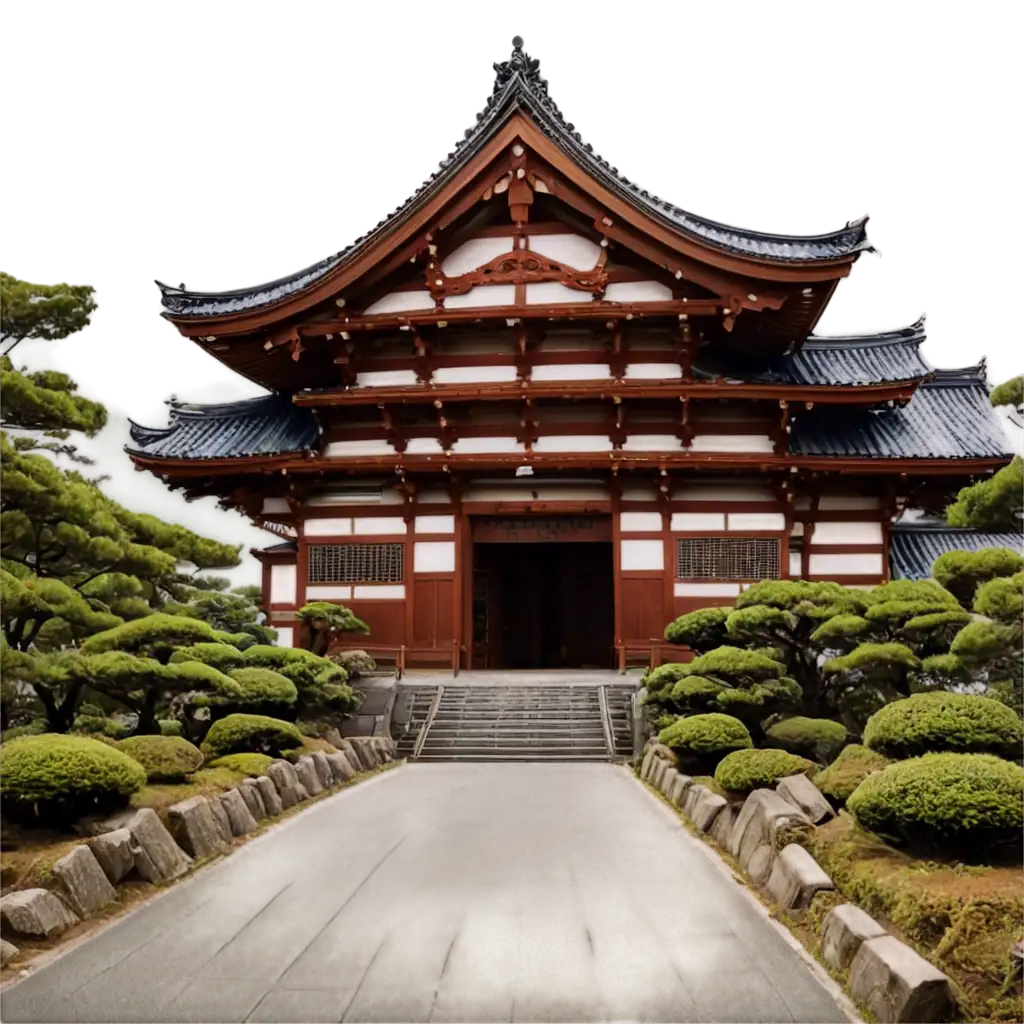

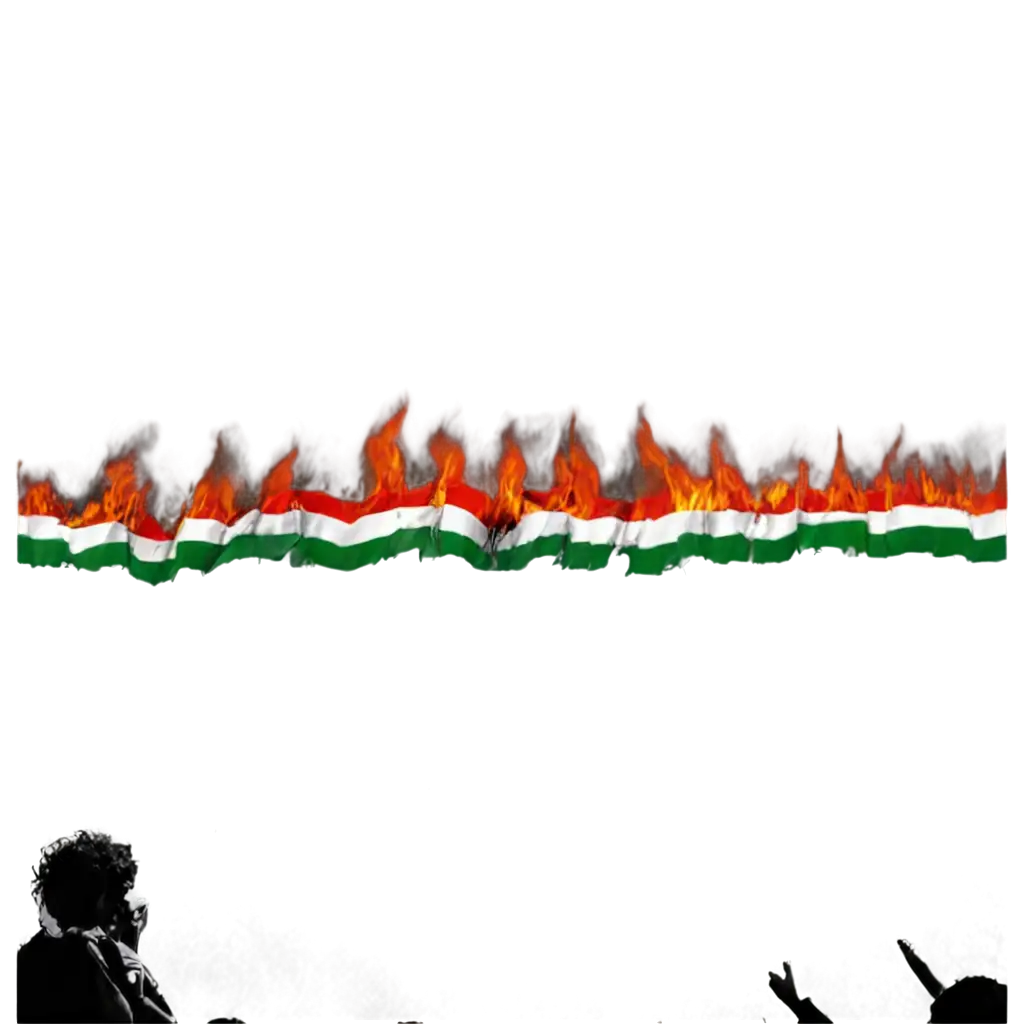
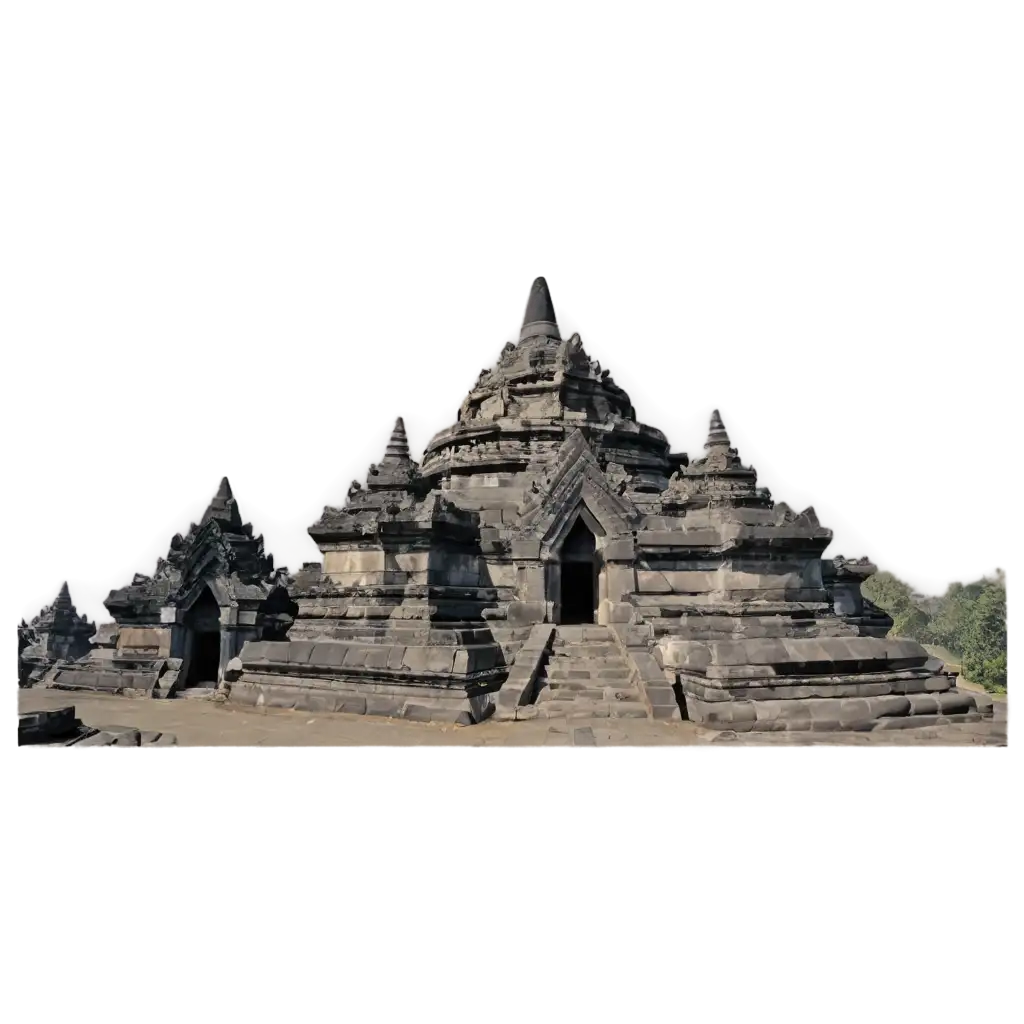
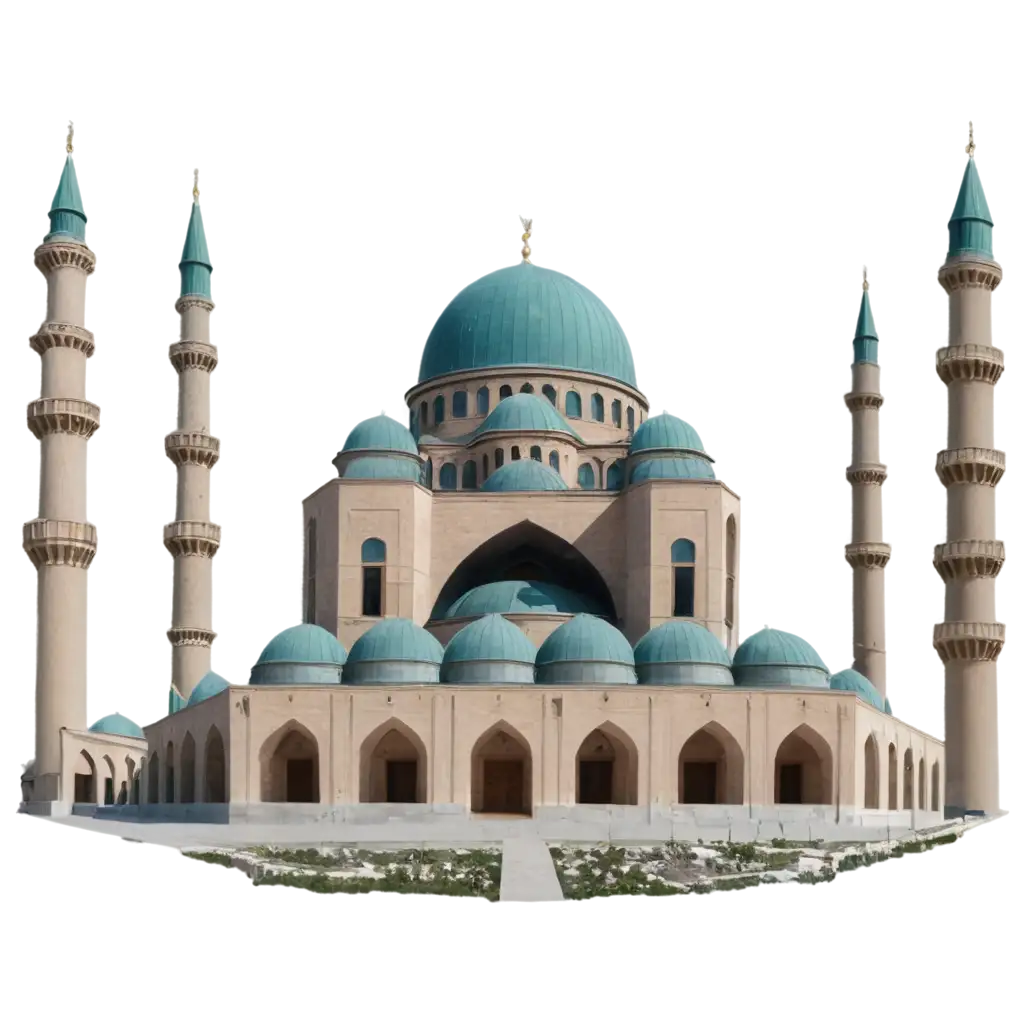

Related Tags
Religious sites represent humanity's most profound architectural expressions of faith and spirituality. From the soaring Gothic spires of medieval cathedrals to the intricate geometric patterns of Islamic mosques, these structures embody the cultural and spiritual aspirations of different faiths. AI-generated imagery captures these diverse architectural styles with remarkable precision, offering perspectives ranging from grand exterior views to intimate interior details. The technology particularly excels at rendering complex architectural elements like flying buttresses, prayer halls, stained glass windows, and ornate decorative motifs that characterize different religious traditions.
Sacred Architecture Through the Lens of AI: Understanding Religious Sites
AI-generated religious site images serve multiple purposes across various fields. In educational contexts, they provide detailed visual references for architectural studies and religious history courses. Tourism and travel industries utilize these images for promotional materials and virtual tours. Religious organizations incorporate them into educational materials, websites, and presentations. The versatility of AI-generated imagery allows for both photorealistic representations of existing sacred sites and conceptual interpretations of historical or planned religious structures. These images also find applications in documentary production, architectural visualization, and cultural preservation projects, offering ways to document and share religious architectural heritage.
Diverse Applications of Religious Site Imagery
Successfully generating authentic religious site imagery requires careful attention to architectural accuracy and cultural sensitivity. Key considerations include understanding the specific architectural elements of different religious traditions, such as the orientation of prayer spaces in mosques, the layout of church naves and chancels, or the symbolic elements in temple design. AI prompts should incorporate specific architectural terminology and cultural context to achieve authentic results. Important aspects to consider include lighting (natural light through stained glass or geometric windows), scale (to convey grandeur and spiritual significance), and architectural details (decorative elements, religious symbols, and traditional materials). The best results often combine architectural knowledge with an understanding of the religious and cultural significance of different elements.
Creating Authentic Religious Site Imagery with AI
The future of AI-generated religious site imagery points toward increasing sophistication in capturing both historical accuracy and spiritual atmosphere. Emerging trends include the integration of historical architectural data to create more accurate representations of ancient religious sites, the use of AI to visualize lost or damaged sacred spaces for preservation purposes, and the development of immersive virtual reality experiences of religious sites. As AI technology advances, we can expect to see more nuanced rendering of materials, lighting effects, and atmospheric conditions that capture the unique character of different religious spaces. This evolution will particularly benefit heritage conservation efforts and educational initiatives aimed at preserving and sharing knowledge about religious architectural traditions.
Future Trends in Religious Site Visualization